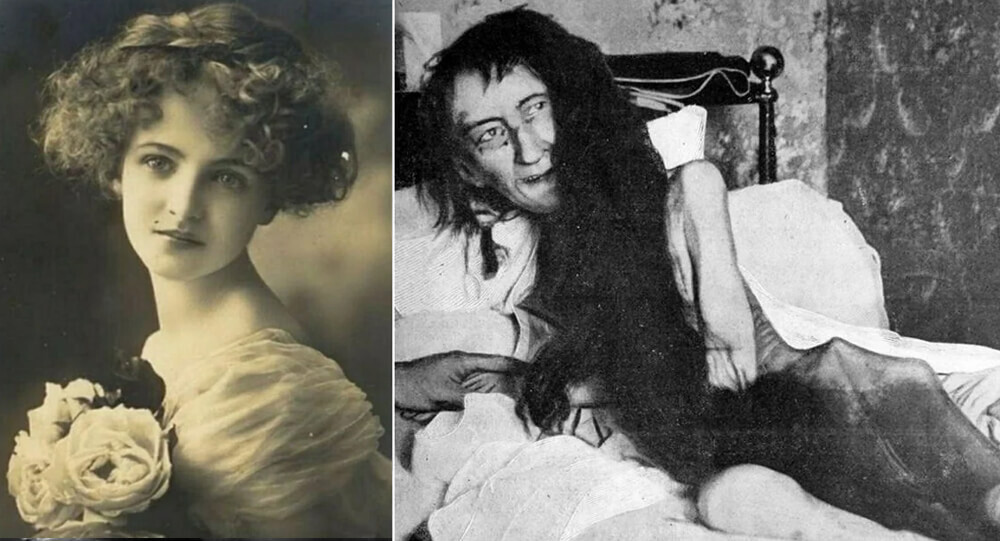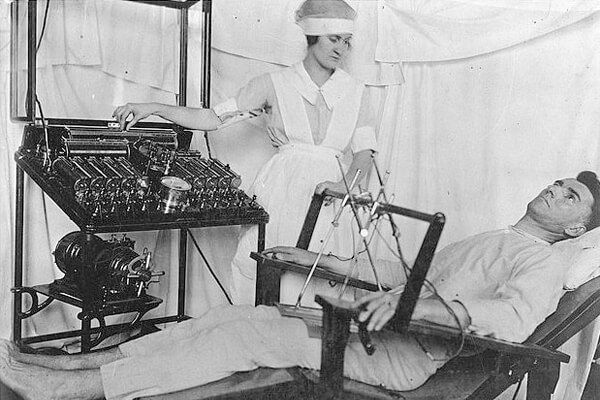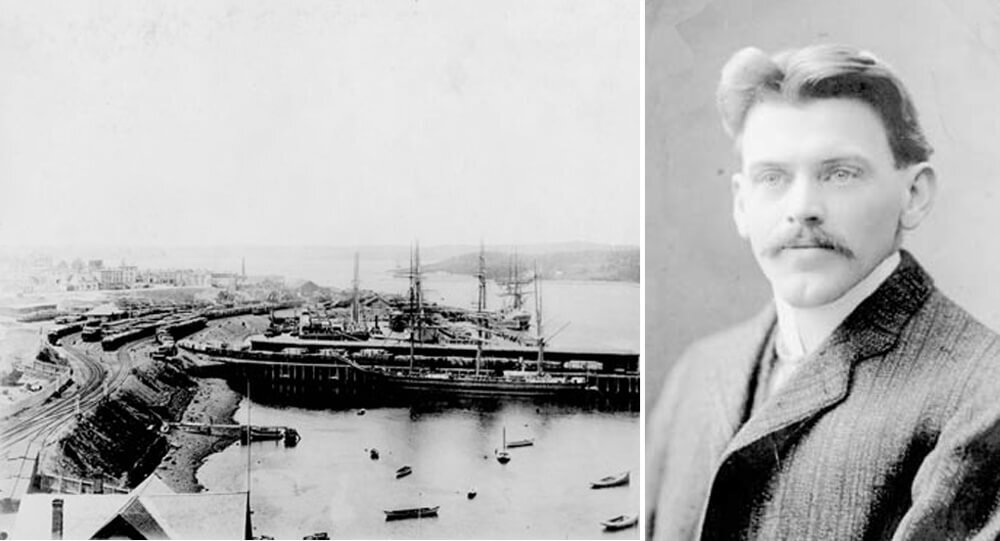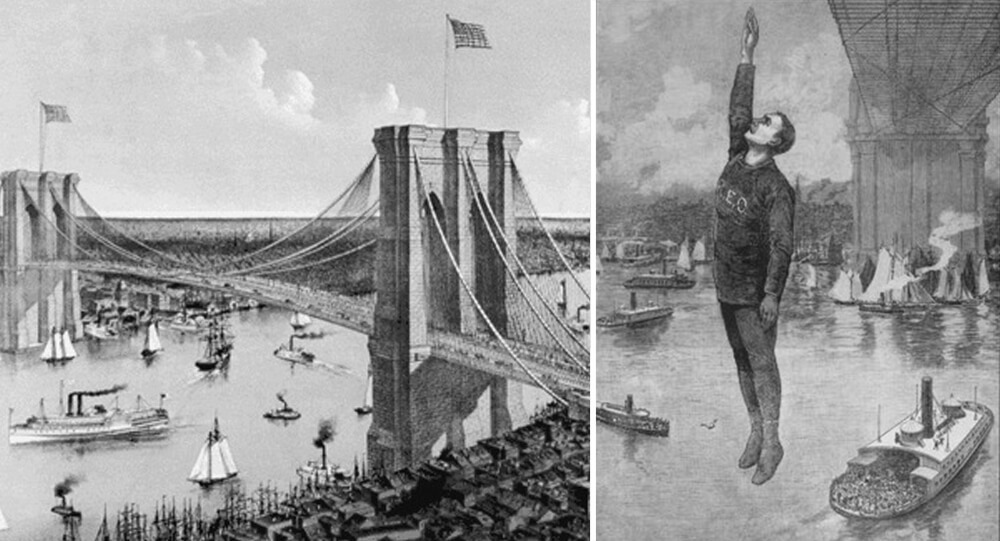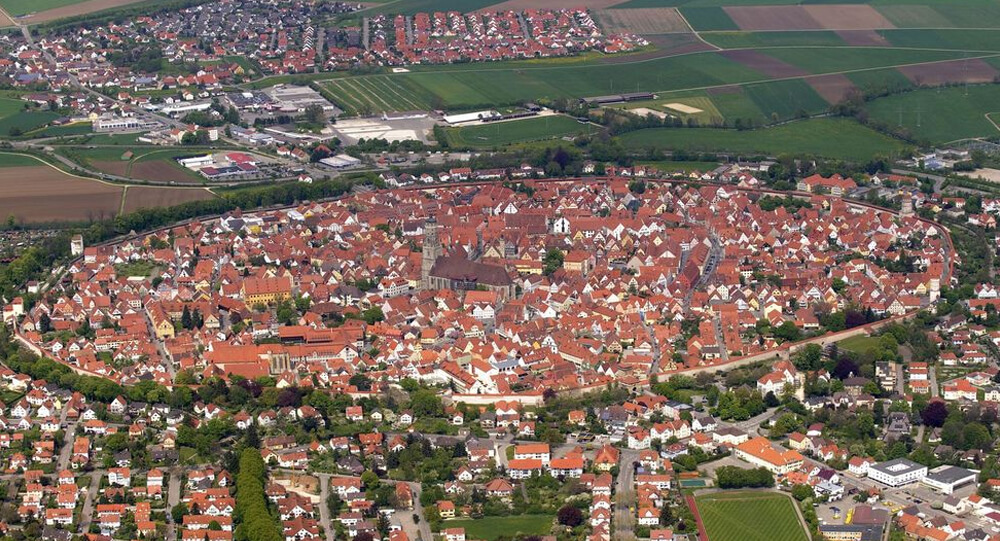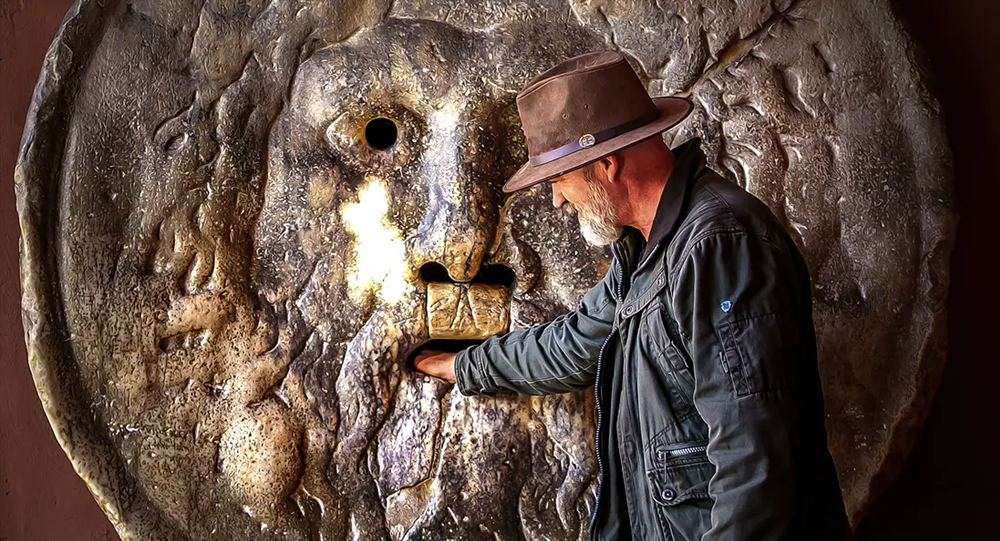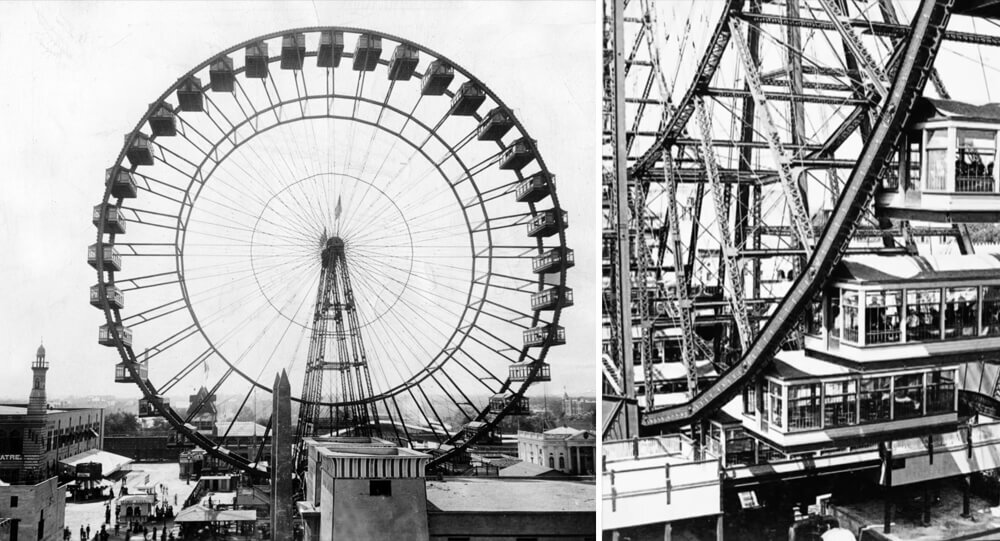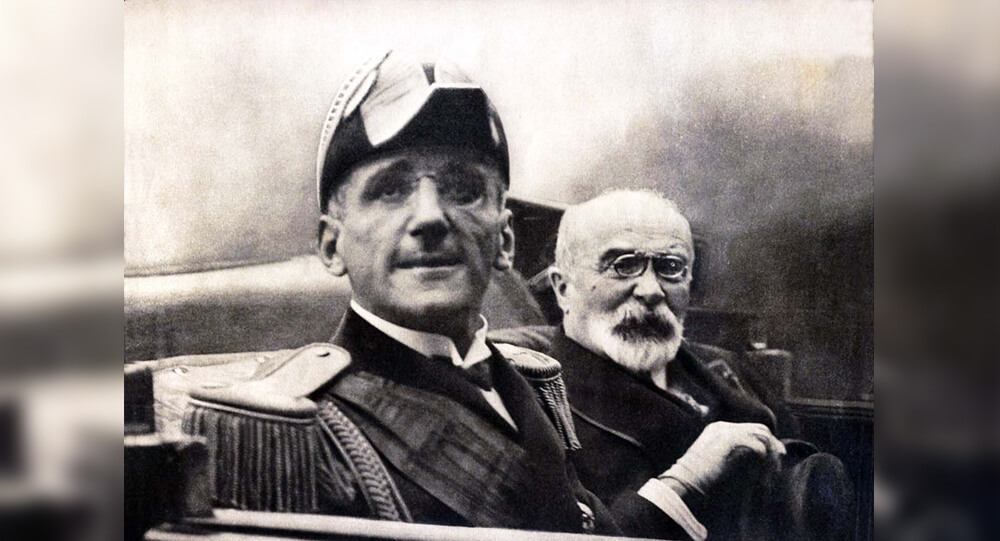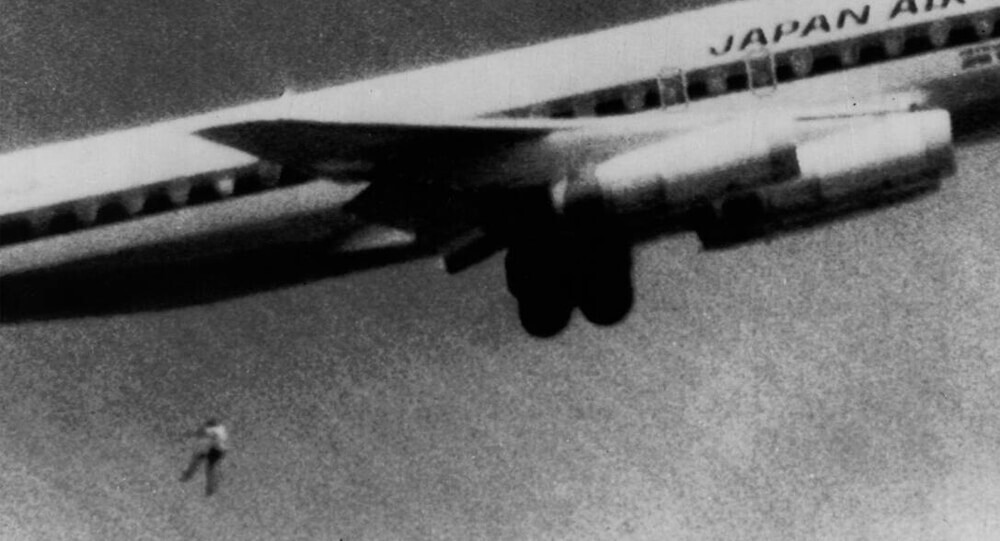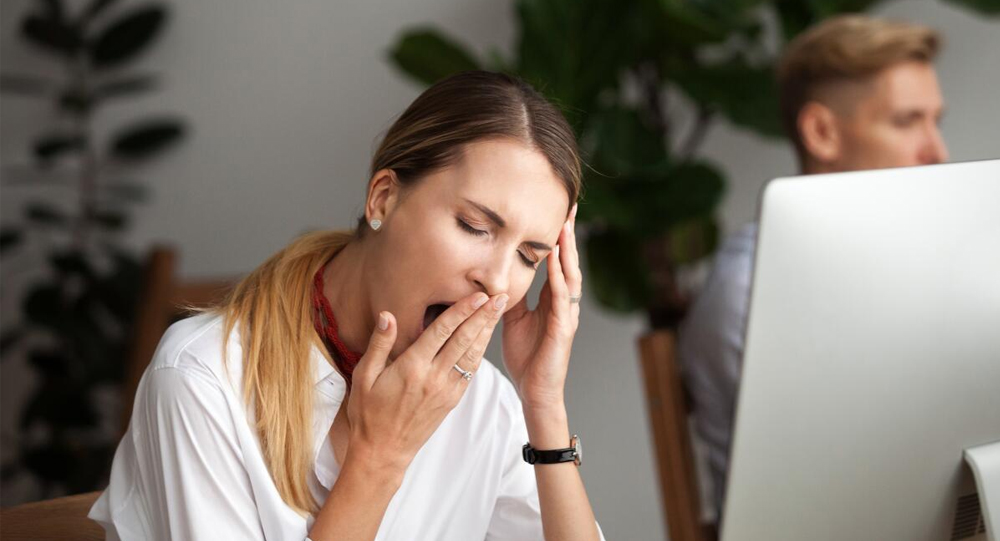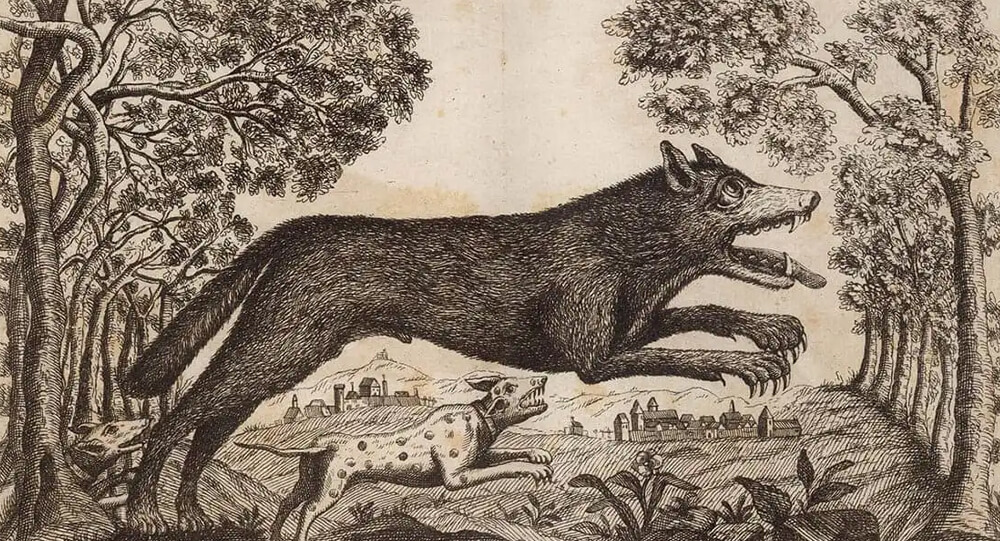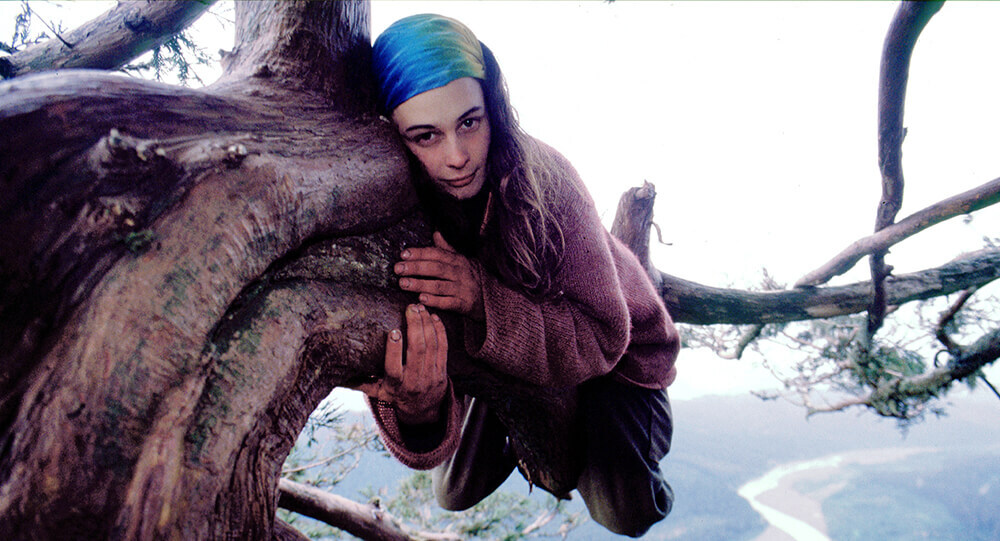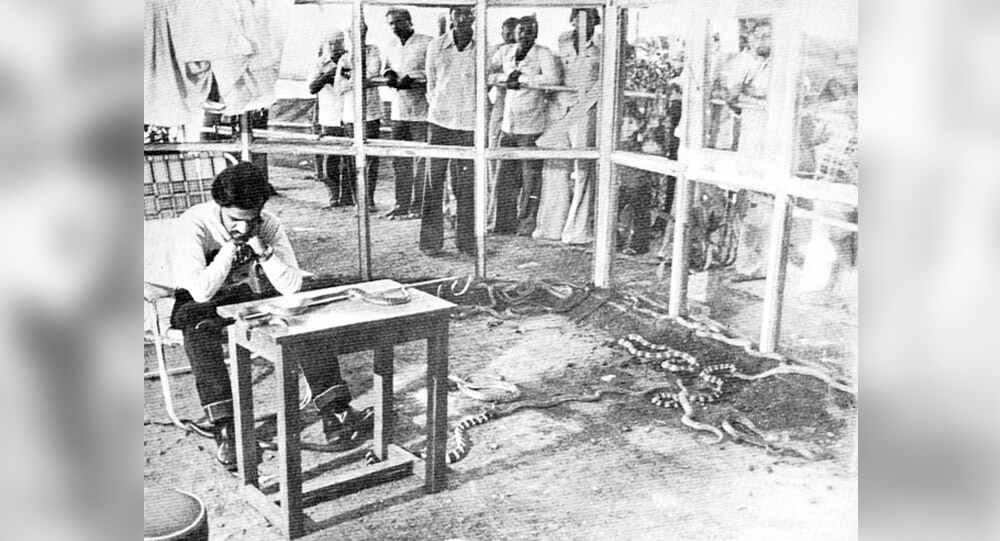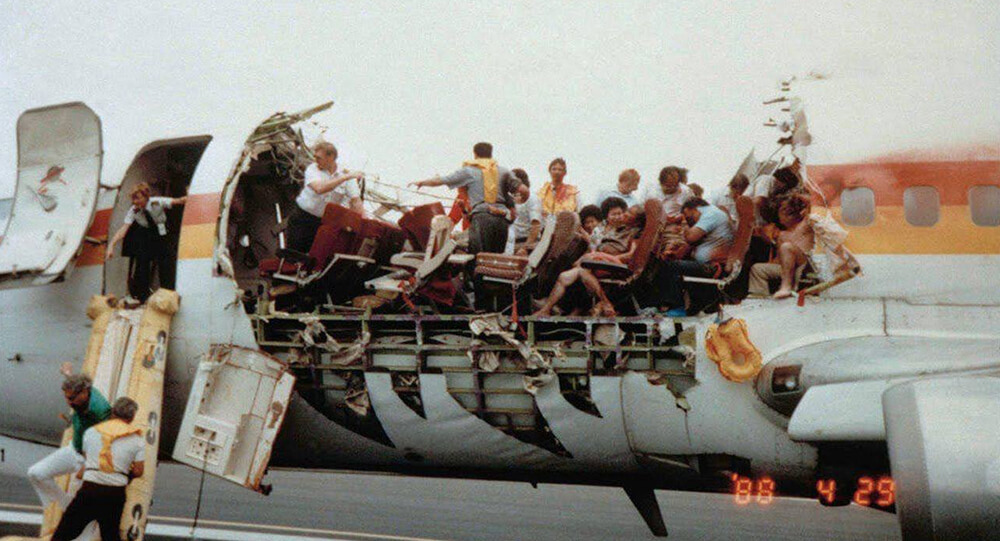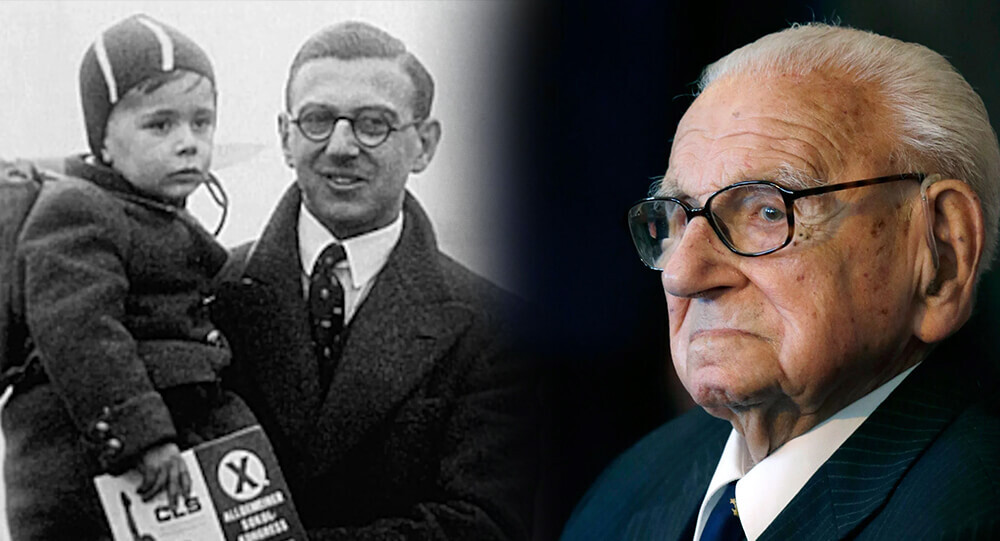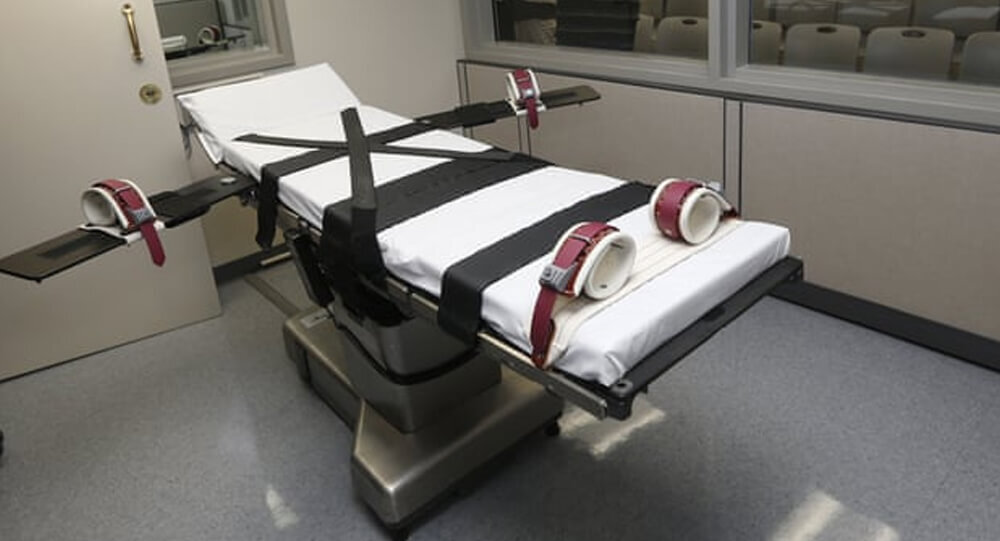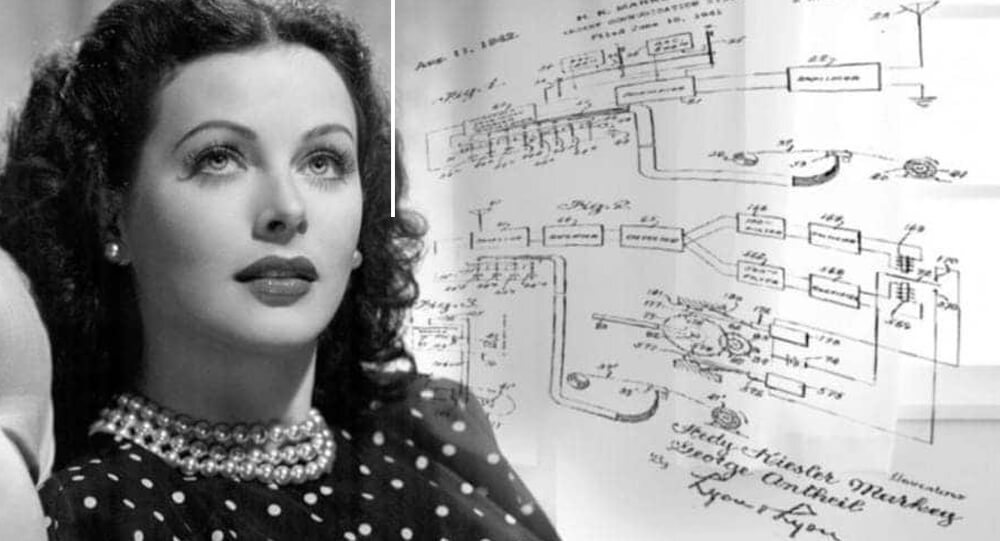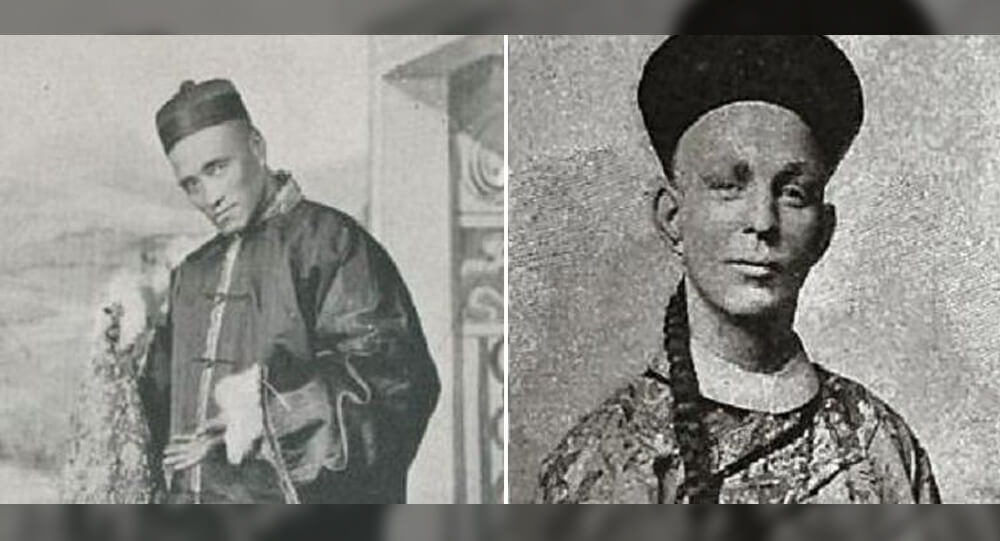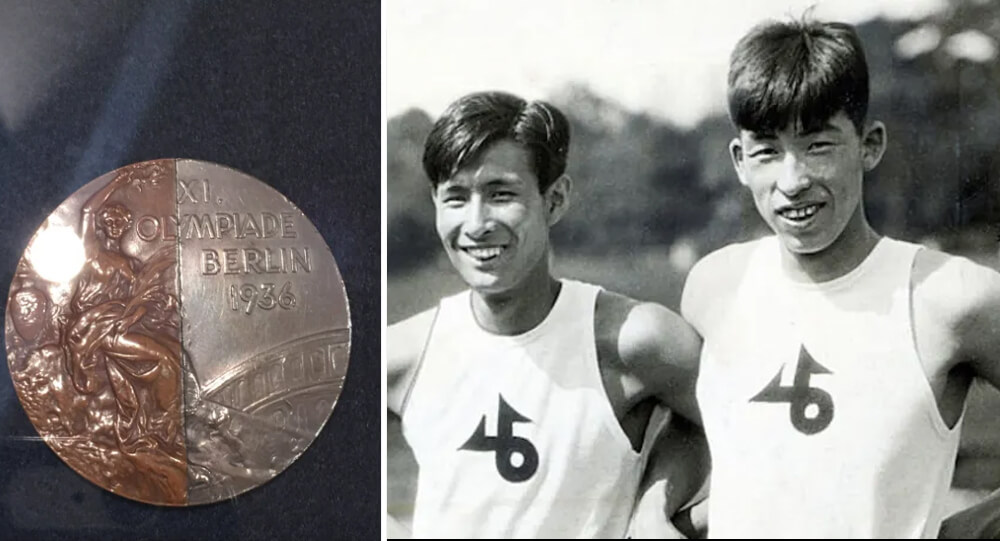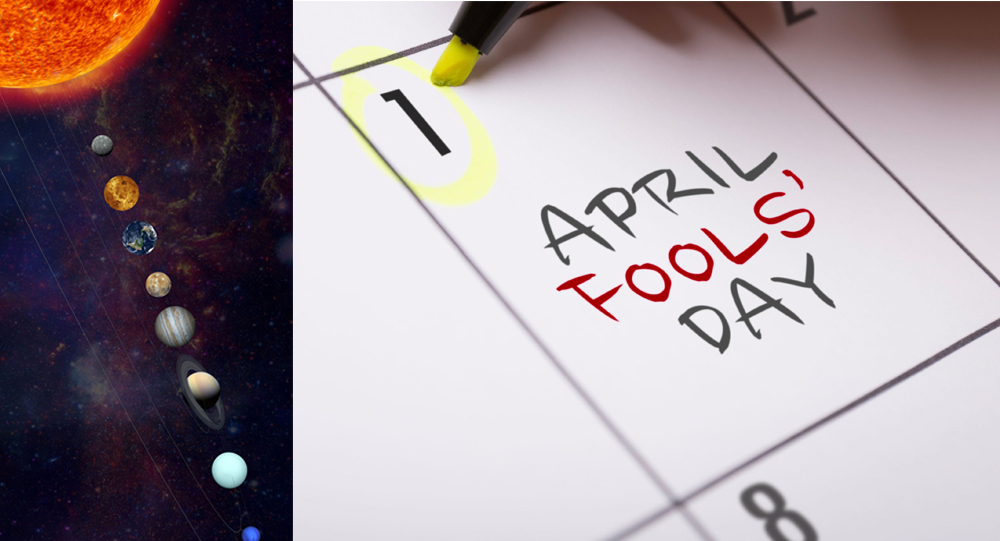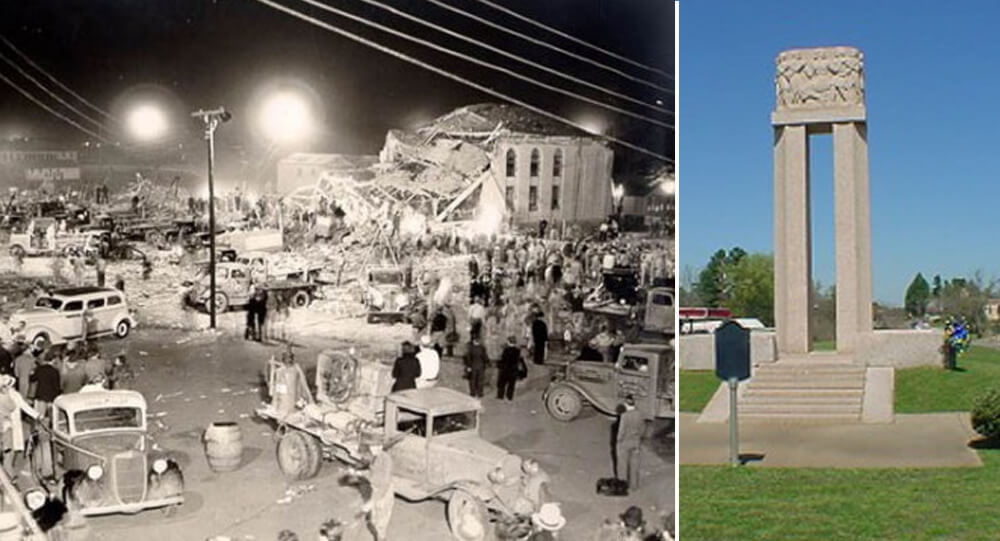

New London School Explosion, Deadliest school disaster which killed almost 300 children and teachers
After odorless natural gas spilled into the basement and caught fire at New London High School in Rusk County, hundreds of people perished. Four kilometers away, the explosion’s boom could be heard. Parents hurried to the school, many of them oil field laborers from East Texas.
Despite quick rescue efforts, 298 people died, mostly children between the ages of 5 and 11 (dozens more eventually passed away from injuries). After an inquiry, it was determined that an electric woodshop sander, which ignited odorless gas that had accumulated beneath and inside the school walls, was to blame for the explosion.
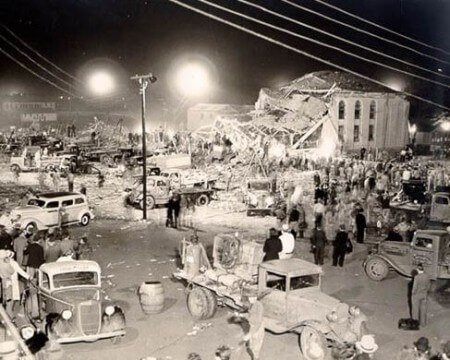
According to History.com, “The school was newly constructed in the 1930s for less than $1 million and, from its inception, purchased natural gas from Union Gas to supply its energy needs.” “The average monthly natural gas bill for the school was about $300.”
According to historian James Cornell, the school board terminated its agreement with Union Gas in early 1937 in order to save money and connected to a pipeline of residual gas (also known as casinghead gas) from Parade Gasoline Company.
He wrote in The Great International Disaster Book, “This technique was popular in the area, even though it was not formally approved by local oil firms. “The natural gas extracted along with the oil was considered a waste product and was flared off.”
Walter Cronkite reaches Scene
Walter Cronkite, a teenage reporter for United Press in Dallas, was one among the first journalists to arrive at the accident site south of Kilgore, between Tyler and Longview. In East Texas, it was pitch-black and raining.
A local historian remarked that the man “got his first inkling of how bad the incident was when he saw a large number of cars lined up outside the funeral home in Tyler.” Long shadows are created at the catastrophe site by floodlights.
In his book, A Reporter’s Life, Cronkite stated, “We hurried on to New London.” Just before dusk, we arrived there. Huge oilfield floodlights illuminated a massive pile of rubble that people were tearing up with their bare hands. Many of them were oil field employees.
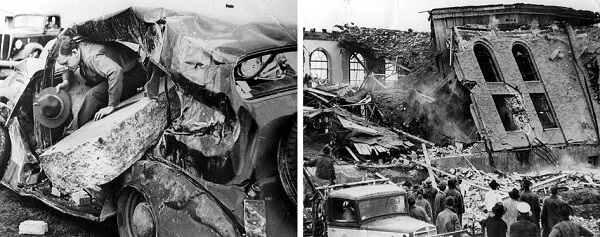
Later, Cronkite would say, “I did nothing in my studies or in my life to prepare me for a story of the magnitude of that New London tragedy, nor has any story since that awful day equaled it.”
The “sad irony” of how the East Texas oil boom supported the construction of the richest rural school in the country in 1934—and the flawed heating system that allowed raw gas to accumulate beneath it—was detailed by David M. Brown, who investigated the disaster for a 2012 book.
According to Brown, a poor judgment made by school administrators contributed to the explosion.
The trustees had given workers permission to use a pipeline transporting “waste” natural gas produced by a gasoline refinery in order to reduce the cost of heating the school building. In his book Gone at 3:17, the Untold Story of the Worst School Disaster in American History, Brown came to the conclusion that “the resulting explosion that laid waste to a town’s future.”

According to Robert Hilliard, a volunteer for the New London Museum, a makeshift morgue was put up close to the school as well as adjacent Overton and Henderson after the catastrophe.
According to Hilliard, one of those responsible for maintaining the museum’s website, “many burials were made in the neighborhood Pleasant Hill cemetery that now serve as a reflection of the significant loss that families faced. Many of the cemetery sites include porcelain portraits of the deceased, the man claimed. “Played with marbles were pushed into the cement border around the graves.”
Safer Natural Gas Production.
Texas was the first state to enact regulations requiring that natural gas be blended with a “malodorant” to provide early warning of a gas leak as a result of the catastrophe. Other states soon after did the same. Mercaptan, the odorant introduced to signal the potentially dangerous leak of gas, is now required to give off the rotten-egg stench that has come to be associated with natural gas.
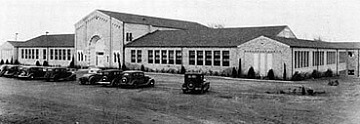
The community museum in New London, which is located across the street from the school, opened its doors in 1992 as a result of years of work by Mollie Ward, who served as both its founder and first curator. Mollie was 10 years old when the horrific explosion she survived occurred. A blackboard discovered in the rubble was one of the museum’s exhibits, she claimed in an interview from 2001.
Oil and natural gas are East Texas’ greatest mineral blessing, according to a blackboard that was once on the wall, according to Ward, who spent years assisting in the founding of a former students club that brought together those who survived the New London explosion.
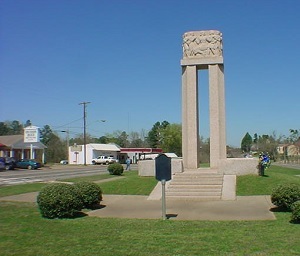
A 32-foot-tall granite cenotaph dedicated in 1939 is located close to the museum. A monument-building contract was given to the Premier Granite Quarries of Llano, Texas, in December 1938. The project’s designing and supervising architect was Donald Nelson of Dallas.
The duty of creating the model for the sculptural block at the top was given to Herring Coe of Beaumont following a competition in which seven Texas sculptors submitted preliminary models.
Two monolithic granite columns support the 20-ton sculptured block of Texas granite, which features 12 life-size figures representing children arriving at school, giving gifts, and turning in homework to two instructors.
At the New London Museum, we memorialize the victims of the East Texas disaster.

Blanche Monnier: Imprisoned For 25 Years For Falling in Love
Blanche Monnier, she was a French woman noted for her beauty, she wished to marry an old lawyer that her mother disapproved of, so she locked her in a small dark room in her attic for 25 years.

Top 10 most cruel medical procedures that are being used today
We are all aware that medicine has advanced dramatically over the last fifty years. There are several modern medical approaches available today, but this was not always the case. However, the past of medicine is a dark one. Medical leeches, lobotomy, vascular surgery, cranial stenosis, and even electroshock therapy are all options. These are only a couple of the cruel healing techniques that are still in use today.

Vince Coleman, a railway dispatcher, sacrificed his own life
Vince Coleman, a railway dispatcher, sacrificed his life in order to warn an incoming train of an imminent explosion. His telegraph said “Hold up the train. Ammunition ship afire in harbor making for Pier 6 and will explode. Guess this will be my last message. Good-bye, boys.” He saved 300 lives.

Robert Odlum, the first person to jump off the Brooklyn Bridge
The first person to jump off the Brooklyn Bridge was a professional high diver who "wanted to demonstrate that people did not die simply by falling through the air, thus encouraging people to be willing to jump from a burning building into a net." He proved himself correct by safely falling 135 feet through the air and dying only when he hit the water.

Nordlingen, The Town Inside A Meteorite Crater With Millions Of Meteorite Diamonds
The German town of Nördlingen is embedded with 72,000 tons of microscopic diamonds. About 15 million years ago, a meteorite hit this region, and the impact created a massive depression and formed rocks containing diamonds, glass, and crystals. The town was built in the impact crater sometime around 898 CE.

The Mouth of Truth: Ancient Rome’s Legendary "Lie Detector" That Bit Off Hands
Discover the chilling legend of the Mouth of Truth (Bocca della Verità) in Ancient Rome—a massive carved stone face believed to bite off the hand of anyone who lied while inserting their hand into its gaping mouth. Uncover the truth behind its eerie reputation and how this ancient artifact became a symbol of honesty and fear.

how Ferris wheel invented
In 1891, Chicago challenged engineers to create a structure to surpass the Eiffel Tower for the World's Columbian Exposition. George Washington Gale Ferris jr. responded with the original Ferris Wheel, a giant rotating structure elevating visitors above the city. This invention became an iconic attraction at the fair.

The Assassination Of King Alexander
The assassination of King Alexander of Yugoslavia marked a pivotal moment in the country's history. This article delves into the rise and reign of King Alexander, exploring his early life and ascension to the throne. It also examines the political and social climate in interwar Yugoslavia, setting the stage for the tensions and challenges that ultimately culminated in his tragic assassination. By understanding the context in which this event unfolded, we can better grasp the significance and impact it had on the nation and its future.

Keith Sapsford: The Story of 14-Year-Old Stowaway
The final image of 14-year-old Australian Keith Sapsford, who aspired to travel the world. In February 1970, he sneaked into the wheel-well of a plane flying from Sydney to Tokyo. It opened mid-air & fell out. When a photographer was testing a new lens, he captured this moment on film and was surprised when it developed.

Titanoboa cerrejonensis, fossils of the world’s largest species of snake
In 2009 in a coal mine of Columbia, scientists discovered fossils of the world’s largest species of snake. The species is called “Titanoboa cerrejonensis,“and it is from around 60 million years ago. It would have had measured about 48 feet long and weighed about 2,500 pounds

How Sleep Deprivation Was Once Used as Torture
Sleep deprivation, long before modern interrogation techniques, was considered a “clean” and effective form of torture—leaving no physical scars, yet breaking minds with haunting silence. Victims endured days and nights without rest, leading to vivid hallucinations, disorientation, and psychological torment. This article traces the dark history of sleep deprivation as a weapon, examines the science behind its effects on the brain, and shines a light on the painful balance between human endurance and cruelty in the annals of coercion.

What Was the Beast of Gévaudan?
Between 1764 and 1767, a mysterious animal called the Beast of Gévaudan terrorized the French village called Gévaudan. It attacked and killed about 100 adults and children. While most believe it was a wolf, some say it may have been a wolf-dog hybrid, hyena or even a lion, but without any genetic evidence, the beast will remain a mystery forever.

The Baltic Way: the longest unbroken human chain in history
On August 23, 1989, about 2 million people from Latvia, Estonia, and Lithuania formed a human chain that united all 3 countries to show the world their desire to escape the Soviet Union and the communism that brought only suffering and poverty. This power stretched 600 km.

The incredible story of Julia "Butterfly" Hill and her legacy
American environmental activist Julia “Butterfly” Hill lived in a 1500-year-old California Redwood tree for 738 days to prevent it from being cut down by the Pacific Lumber Company. The Simpson’s episode “Lisa the Tree Hugger” was inspired by Hill’s story.

The story of a man who spent 72 hours with 72 venomous snakes to prove they only bite when provoked
In the 1980s, an Indian man spent 72 hours in a glass cabin with 72 snakes, some of which were extremely venomous. His aim was to prove that snakes only attack when provoked. Remarkably, he was not bitten once in those 72 hours and even set a Guinness World Record in the process.

The incredible story of a plane that lost its roof in mid-flight and the light signal that saved 94 lives.
On April 28, 1988, Aloha Airlines flight 243 was on the way to Honolulu from Hilo when a huge portion of the upper part of the fuselage blew off the airplane.

Nicholas Winton ‘British Schindler’: Man who rescued 669 Czech children from Nazis
A man named Nicholas Winton saved 669 kids during WWII and lived almost all his life without letting people know.

Iranian inmate dies from happiness after finding out he will not be executed
An Iranian man who was convicted of murder reportedly died from happiness after learning that his death sentence was being commuted.

Hedy Lamarr, A Hollywood actress who also a mathematician and inventor
Hollywood actress Hedy Lamarr was also a mathematician and the inventor of frequency hopping spread spectrum, a technology still used for bluetooth and wifi

The Bizarre (And Magical) Duel Between Chung Ling Soo And Ching Ling Foo
Ching Ling Foo and Chung Ling Soo were two magicians from the early 20th century who were bitter rivals. While Ching Ling Foo was genuinely Chinese, Chung Ling Soo was actually a New Yorker named William Robinson.

Ancient Egyptians Had Pregnancy Tests Over 3500 Years Ago
The ancient Egyptians used a pregnancy test that involved potentially pregnant women peeing on barley and wheat seeds. Plant growth indicated pregnancy: barley for a boy and wheat for a girl. Later tests revealed that pregnant women's urine causes plant growth 70% of the time, whereas non-pregnant women's urine does not.

Medals of Friendship: The Enduring Olympic Story of 1936
At the 1936 Summer Olympics, two Japanese pole vaulters named Sueo Oe and Shuhei Nishida tied for second, but they declined to compete against each other. As a result, Nishida was awarded the silver medal and Oe won a bronze medal. Upon returning to Japan, the athletes had their medals cut in half and spliced together to create new "friendship medals," which were half silver and half bronze.

The 1976 April Fools' Pranks, Planetary Alignment
On April fool's Day, 1976, the BBC convinced many listeners that a special alignment of the planets would temporarily decrease gravity on Earth. Phone lines were flooded with callers who claimed they felt the effects.

The history of Flour sack clothing fashion
After Kansas mill owners found women reused flour sack materials into apparel in the 1920s and 1930s, they started applying patterned designs to give families with more fashionable patterns and material.

How European Rabbits Took over Australia
In 1859, wealthy settler Thomas Austin released 13 wild rabbits on his Australian estate. By 1920, their population grew to 10 billion.

